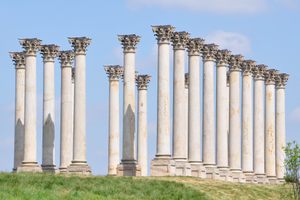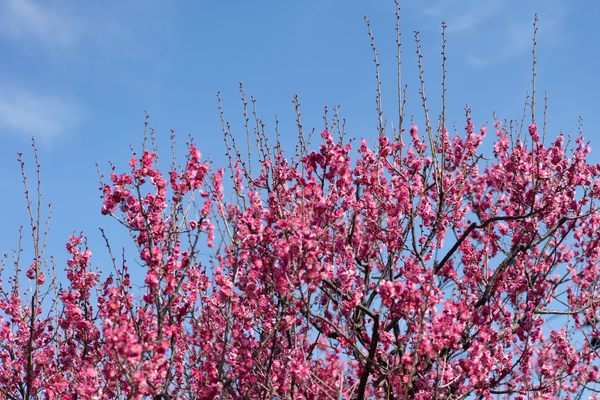About
Perched among a cluster of embassies on the former National Bureau of Standards campus, one unassuming trunk can trace its roots to the apple tree that allegedly bonked Isaac Newton on the head and inspired the theory of gravity.
The original Newton apple tree is located on the Woolsthorpe Manor. To many people’s surprise, it's still going strong at an estimated 350 years old.
NBS scientist Irvine C. Gardner acquired four cuttings from the hallowed stand and decided to plant one of the specimens by his place of work in 1957. Since the Gardner apple tree was rooted from a cutting rather than propagated from a seed, it’s a genetic clone and qualifies for a “direct descendant” honorific.
The study of gravity was central to the Bureau of Standard’s measurement science MO, and the Newton apple tree became a beloved icon, doubling as shaded spot to enjoy brownbag lunches. While the organization has since relocated to Gaithersburg, Maryland and changed its name to the National Institute of Standards and Technology (NIST), the tree-loving scientists didn’t leave the Newton specimen without a caretaker.
“It’s guarded by the [U.S.] Secret Service,” said NIST archivist Karma A. Beal. In a 1997 interview Beal speculated that “it's because of all the embassies and consulates down there … they do take care of it."
Beal also noted that NIST frequently received requests for samples, but that policy strictly limits the instances in which they will remove a fresh cutting. "We just don't do it. We don't have the manpower or the time. Besides, there would be no tree left."
Despite this policy, and the hefty security detail of agent-horticulturalists, NIST’s Newton apple tree died shortly after Karma Beal’s interview, but not before another cutting was preserved. That clone of a clone was planted in 2000 and seems to be doing well.
Related Tags
Know Before You Go
If the Secret Service really do guard the tree, they do so unobtrusively. You can walk right up.
Community Contributors
Added By
Published
December 11, 2017
























